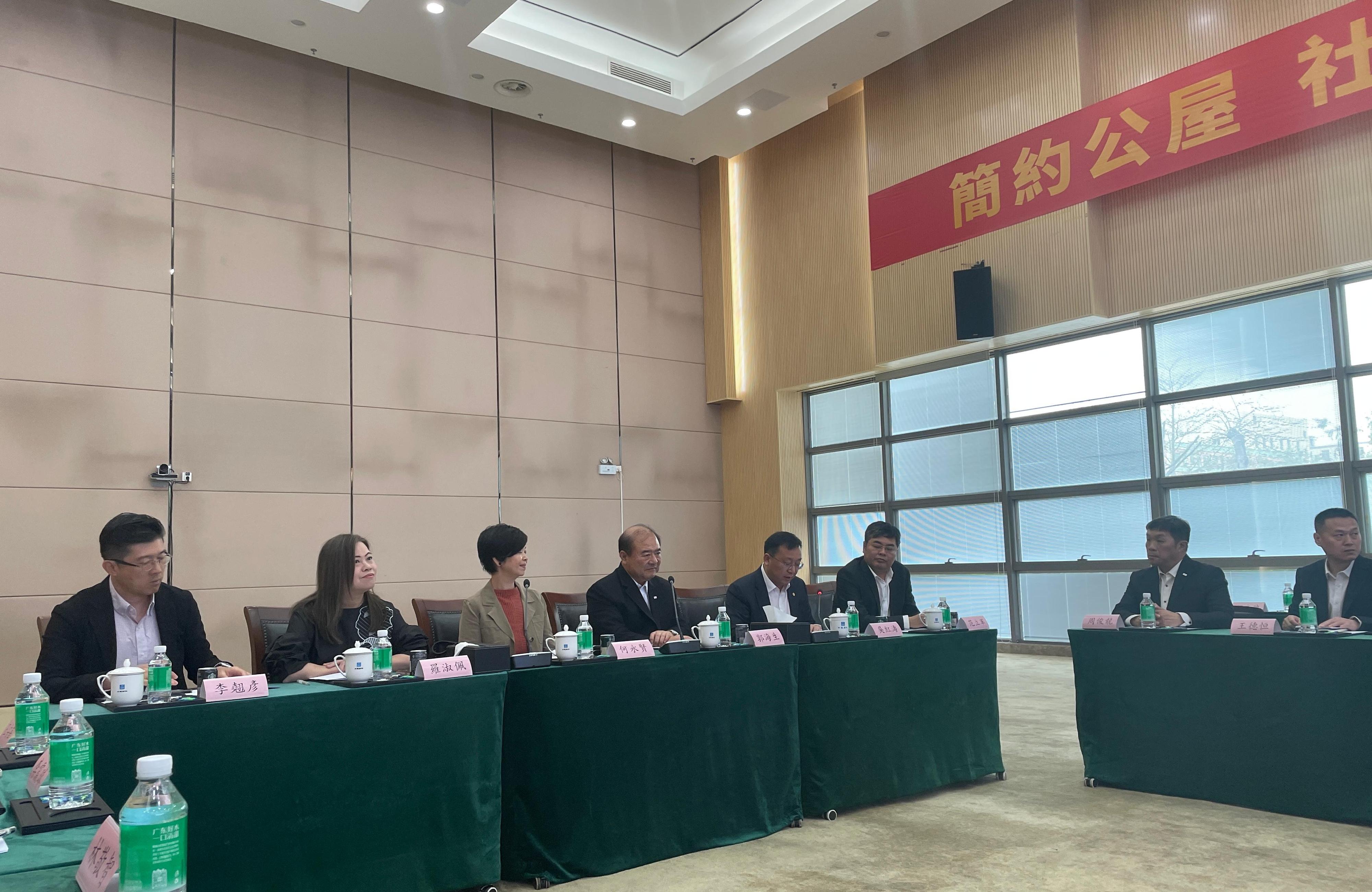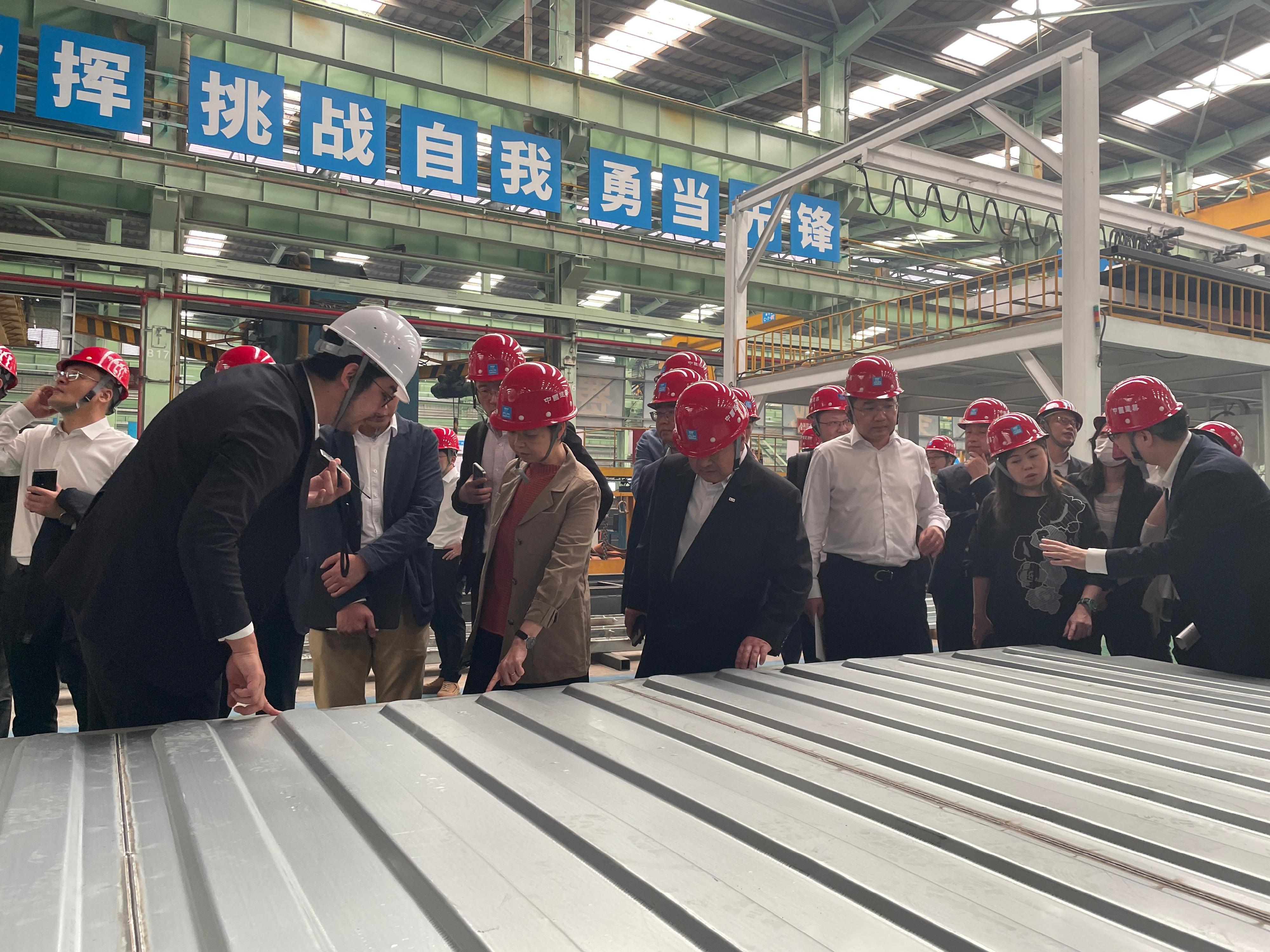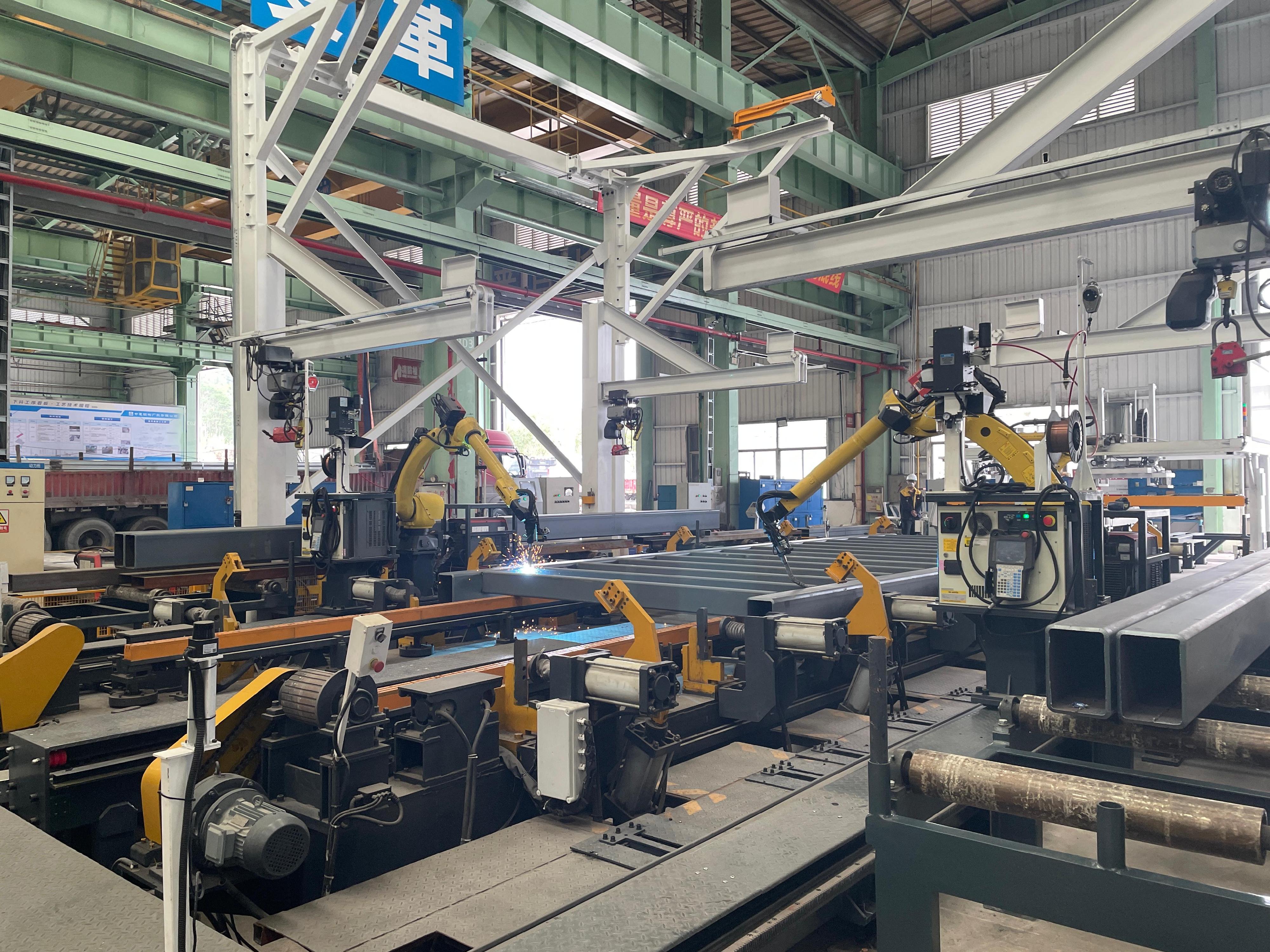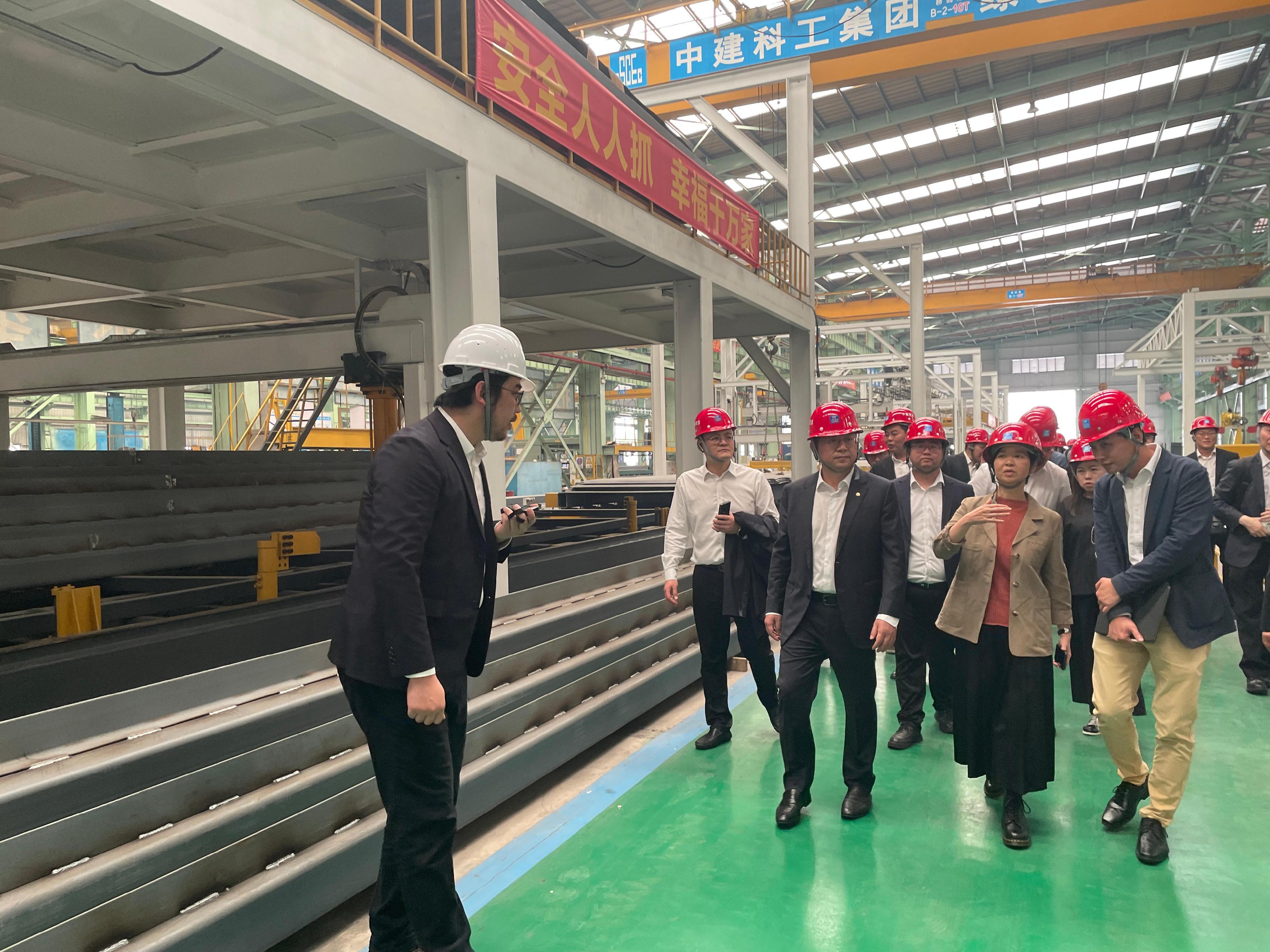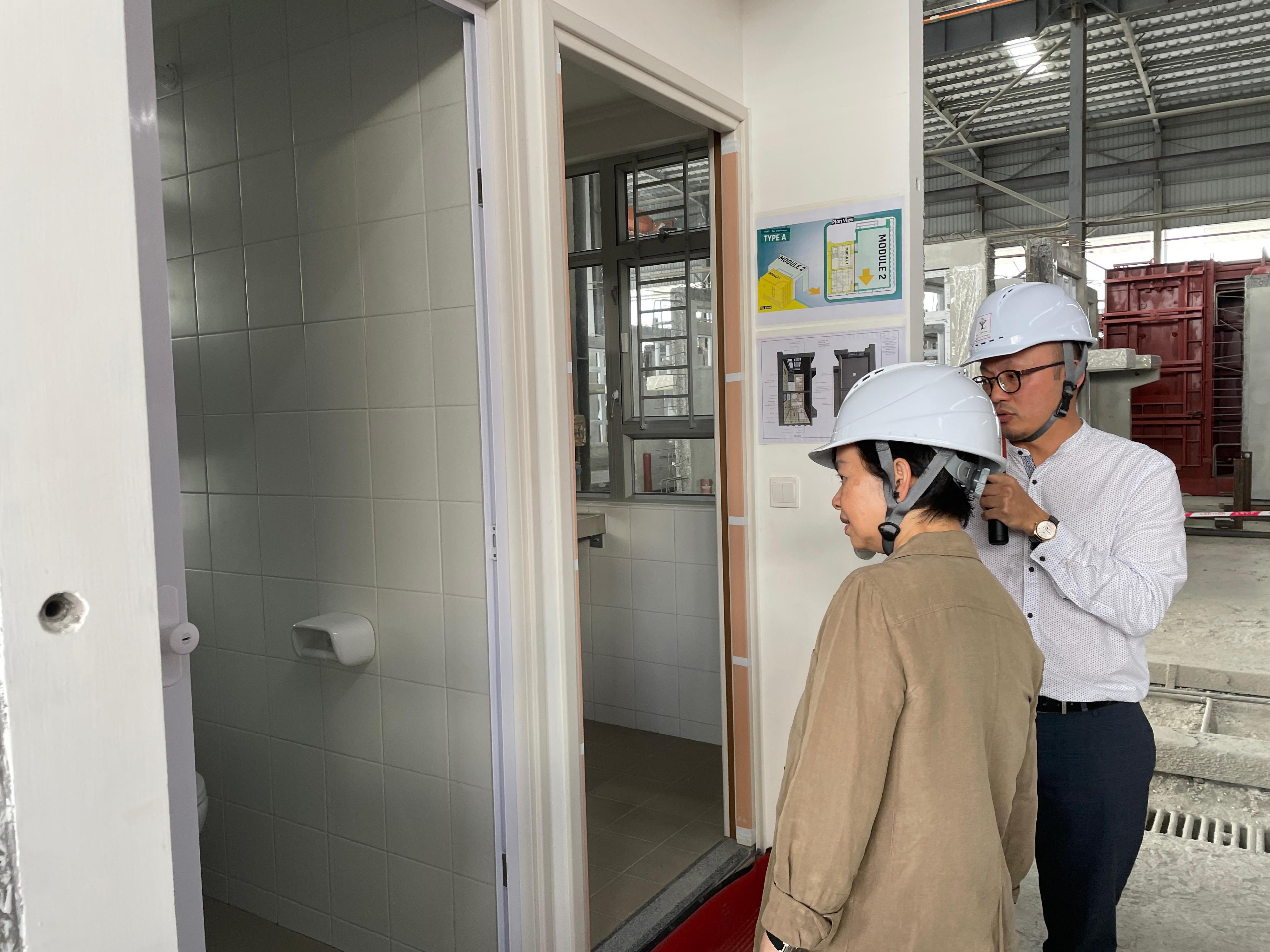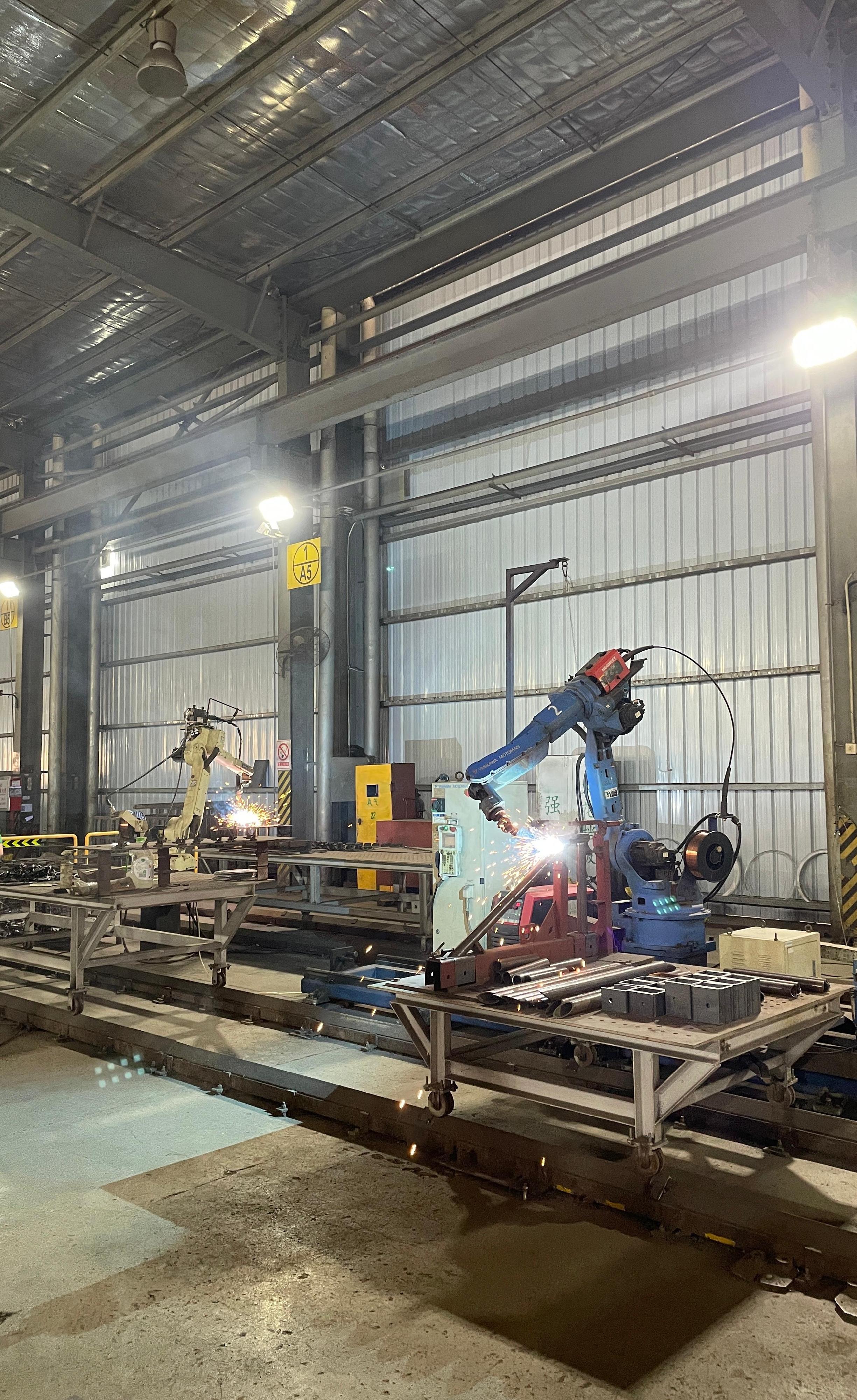Government issues vision statement on developing sustainability disclosure ecosystem in Hong Kong
The Government today (March 25) issued a vision statement on developing the sustainability disclosure ecosystem in Hong Kong. The statement sets out the vision and approach of the Government and financial regulators in developing a comprehensive ecosystem for sustainability disclosure in Hong Kong.
The Secretary for Financial Services and the Treasury, Mr Christopher Hui, said, "Accurate information is an essential element in facilitating green and sustainable financial services. The vision statement clearly indicates the specific direction of the Government and financial regulators regarding the development of sustainability disclosure in Hong Kong. This will help Hong Kong stay abreast of international trends in green and sustainable finance and accelerate our progress towards rising as an international green finance centre. The Financial Services and the Treasury Bureau will continue to collaborate with financial regulators and stakeholders to progressively enhance Hong Kong's sustainability disclosure ecosystem and realise the vision, and further promote carbon neutrality in the city before 2050 and our country's '3060 Dual Carbon Targets' as well."
Key points of the vision statement are as follows:
1. The Government and financial regulators aim for Hong Kong to be among the first jurisdictions to align the local sustainability disclosure requirements with the International Financial Reporting Standards – Sustainability Disclosure Standards (ISSB Standards), showcasing to international investors and markets Hong Kong's commitment to reinforcing its leading position on the international sustainable finance map and solidifying the competitiveness of businesses in Hong Kong to address the global demand for sustainability disclosure.
2. The Government will adopt a holistic approach in developing the local sustainability disclosure standards and sustainability disclosure ecosystem. Assuming the role of the sustainability reporting standard setter in Hong Kong, the Hong Kong Institute of Certified Public Accountants will develop the local sustainability reporting standards (Hong Kong Standards) aligned with the ISSB Standards as well as the complementary application and implementation guidance.
3. The Hong Kong Standards are intended for cross-sectoral observance, including listed companies and regulated financial institutions, such as banks, fund managers, insurance companies, and Mandatory Provident Fund (MPF) trustees, etc. A phased implementation approach will be adopted, with application of the Hong Kong Standards prioritised for publicly accountable entities such as listed companies and regulated financial institutions.
4. The Government and financial regulators will promote sustainability assurance to enable credible implementation, enhance capacity building to support the industry and companies, and facilitate the use of technological solutions to enhance efficiency, reduce cost and enable comparability and interoperability of disclosures.
5. The Government will work with financial regulators and stakeholders to develop a roadmap on the appropriate adoption of the ISSB Standards, and aim to launch the roadmap within 2024 to provide a transparent and well-defined pathway on sustainability reporting for businesses in Hong Kong as well as sufficient time for making preparations and developing readiness for the pragmatic implementation of the Hong Kong Standards.
The full vision statement can be found in the Annex to this press release.
